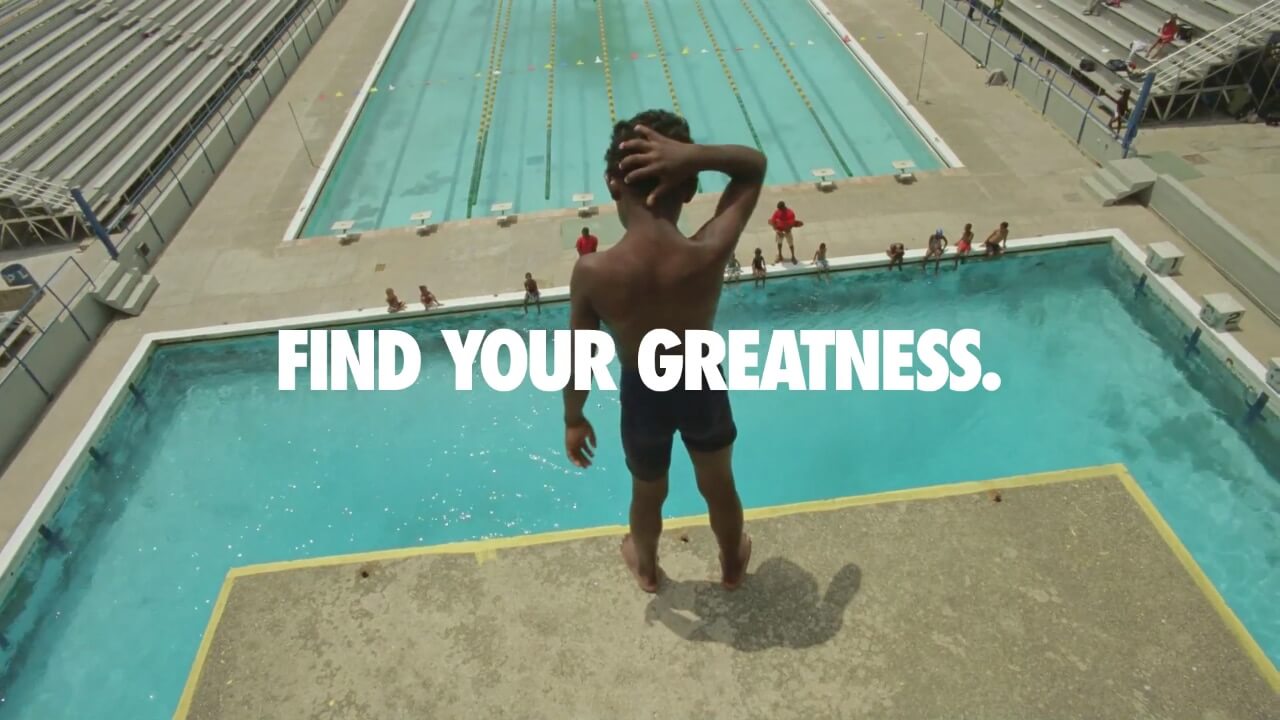The gig economy is alive and well. In fact, this modern online phenomenon has only…
Emotional Branding and The Power of Feelings
Few brands do better at conjuring a creative community and desirable lifestyle than Apple, which built off its strong brand with a spectacular new spot: “Color Flood.”
The ad, released this past January, features the synchronistic parkour feats of hundreds of runners. Dressed in bright retinal display-colored jumpsuits, they leap and dash to the tune of “Come Along” by Cosmos Sheldrake: “Come, come, come along now/Run away from the humdrum.” Only in the last few seconds does the actual product (an iPhone X with liquid retina display) appear.
And by then, who cares? We want to be creative. We want to escape the humdrum. We want to be part of something larger than ourselves. Sign us up for a flash mob and an iPhone while you’re at it. We’re in!
Such is the power of advertising to assign feelings to inanimate objects. It is, in other words, the power emotional branding.
CREATE A CONNECTION
Like a romantic suitor who gives you butterflies, emotional branding is all about stirring feelings that create positive mental representations, visceral connections, and consistent loyalty to a brand over time.
Studies show that emotions greatly influence decision-making, and emotional responses to ads are more influential on a person’s intent to buy than the content of an ad. Functional magnetic resonance imaging (fMRI) also shows that consumers primarily rely on emotions (personal feelings and experiences) rather than information (features and facts) when they evaluate brands.
Traditional marketing that appealed to logic had it backwards, it turns out.
“The most startling truth is we don’t even think our way to logical solutions. We feel our way to reason,” Douglas Van Praet, author of Unconscious Branding: How Neuroscience Can Empower (and Inspire) Marketing, wrote in Fast Company. “What we need to do is to rouse hearts, not heads. And inspire the part of us that seeks connection, not separation, through that elusive emotional relevance that marketers say is so critical but also make so difficult to create.”
WALK IN THEIR SHOES
The genius of Nike may be its outstanding sports gear. And yet, Nike rarely features its products as part of its creative strategy. Instead, ads show moments of courage, heroism, and strength — aspirational images that speak to the hearts versus the minds of consumers.
The best emotional branding strategy works from the perspective of the consumer, who wants to be known, inspired, awakened, and helped.
Creating an emotional bond means that a company puts the needs of its customers ahead of its product and aligns with their needs and values. It also means thinking carefully about how to differentiate its emotional message from competitors, using aspects of emotional intelligence like color (think Facebook blue and Coca-Cola red) and social values (think Patagonia and Tom’s of Maine) to trigger emotions without overdoing it.

“How does the world look from your customer’s perspective? This is especially important to understand if the lifestyle of those you serve is different from your own. You want to know what triggers them emotionally,” writes Jeffrey Shaw in The Huffington Post. “What do they really value? What experiences are they used to? What are their expectations? What’s the look and feel of other businesses they frequent? The bottom line is, you want to know what matters to THEM. From their perspective, not yours.”
These days, using emotional branding also might mean turning to science. Honda, for instance, has worked with Nielsen Consumer Neuroscience to use eye tracking, facial coding, and electroencephalograms to track emotional engagement and measure in real-time how an audience reacts to every second of its ads.
The research found that products shot at certain angles work much better than others, and that the “wrong” kind of strategy can create interest in a category of products without boosting a specific brand. Consumers might be emotionally moved to buy a car, for instance, but it won’t necessarily be your car. And that would be a shame.
THE 10 COMMANDMENTS OF EMOTIONAL BRANDING
Marc Gobe’s 2010 industry standard Emotional Branding lays out important rules about how to shift your thinking to forge lasting connections with consumers “on the level of the senses and emotions.”
Strategic shifts vital to effective emotional branding include:
- Consumers > People: Consumers buy. People live.
- Products/Services > Experience: Products and services fulfill needs. Experiences fulfill desires.
- Honesty > Trust: Honesty is expected . Trust is earned .
- Quality > Preference: Quality is at the right price. Preference creates a sale.
- Notoriety > Aspiration: Notoriety is being known. Aspiration is being loved.
- Identity > Personality: Identity is recognition. Personality is character.
- Functionality > Feelings: Functionality is practical utility. Feelings are sensory experiences.
- Ubiquity > Presence: Ubiquity is seen. Presence is felt.
- Service > Relationship: Service is selling. Relationship is acknowledgement.
That’s not to say your brand strategy should rely solely on emotional impact. Feelings count, along with logic, and the art of powerful advertising is finding the balance between the consumer’s heart and mind to seal the deal.




